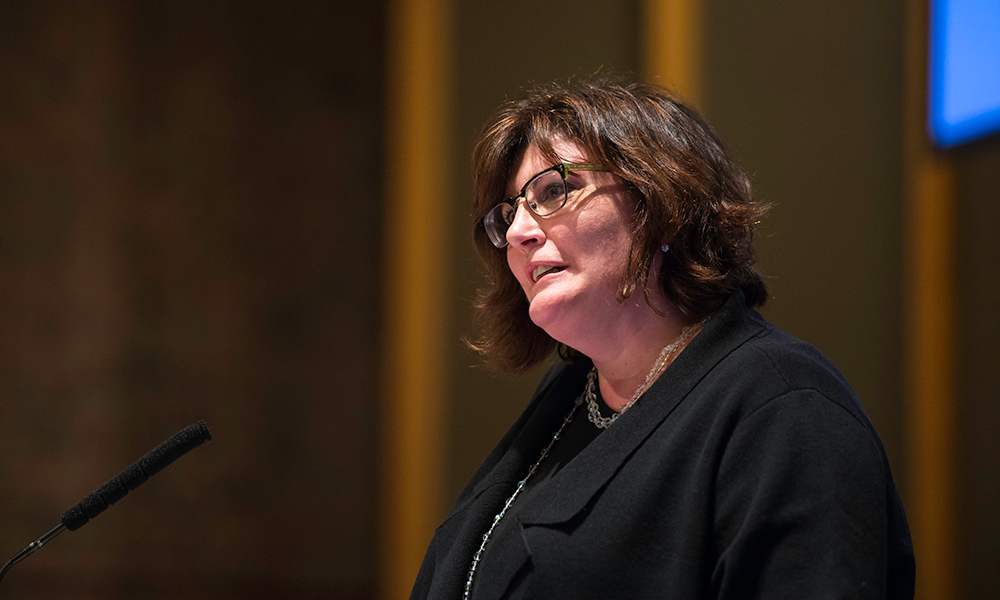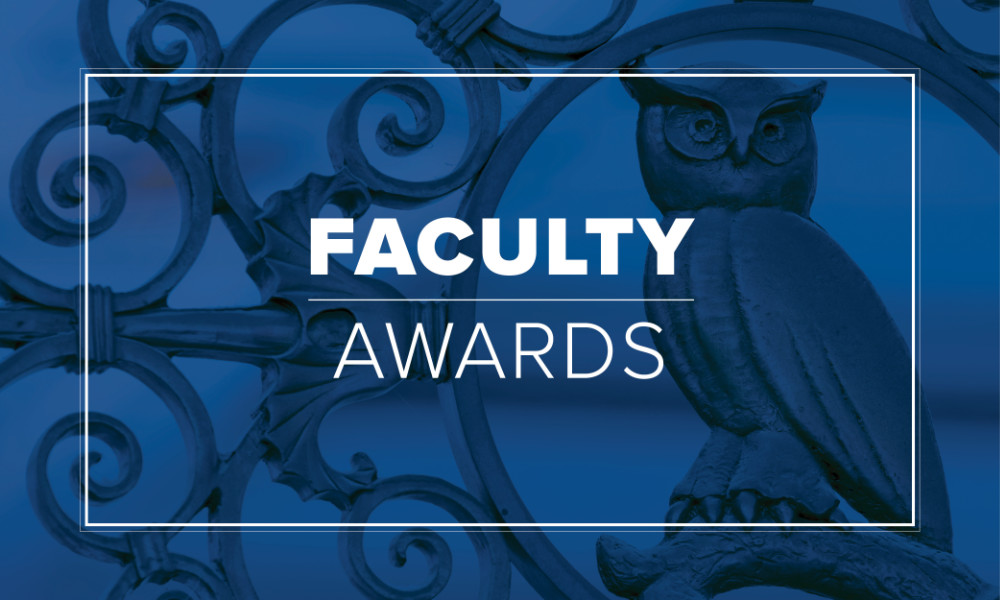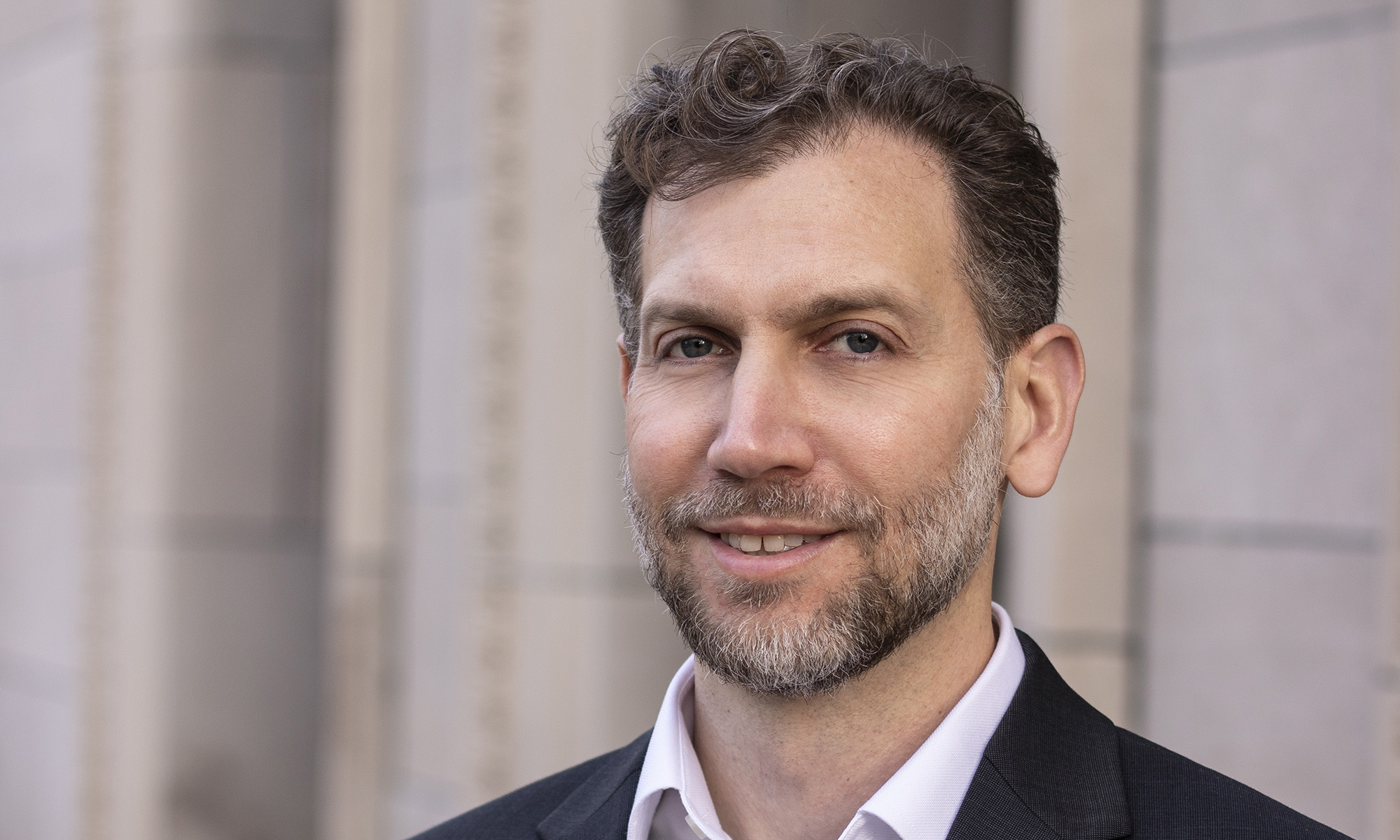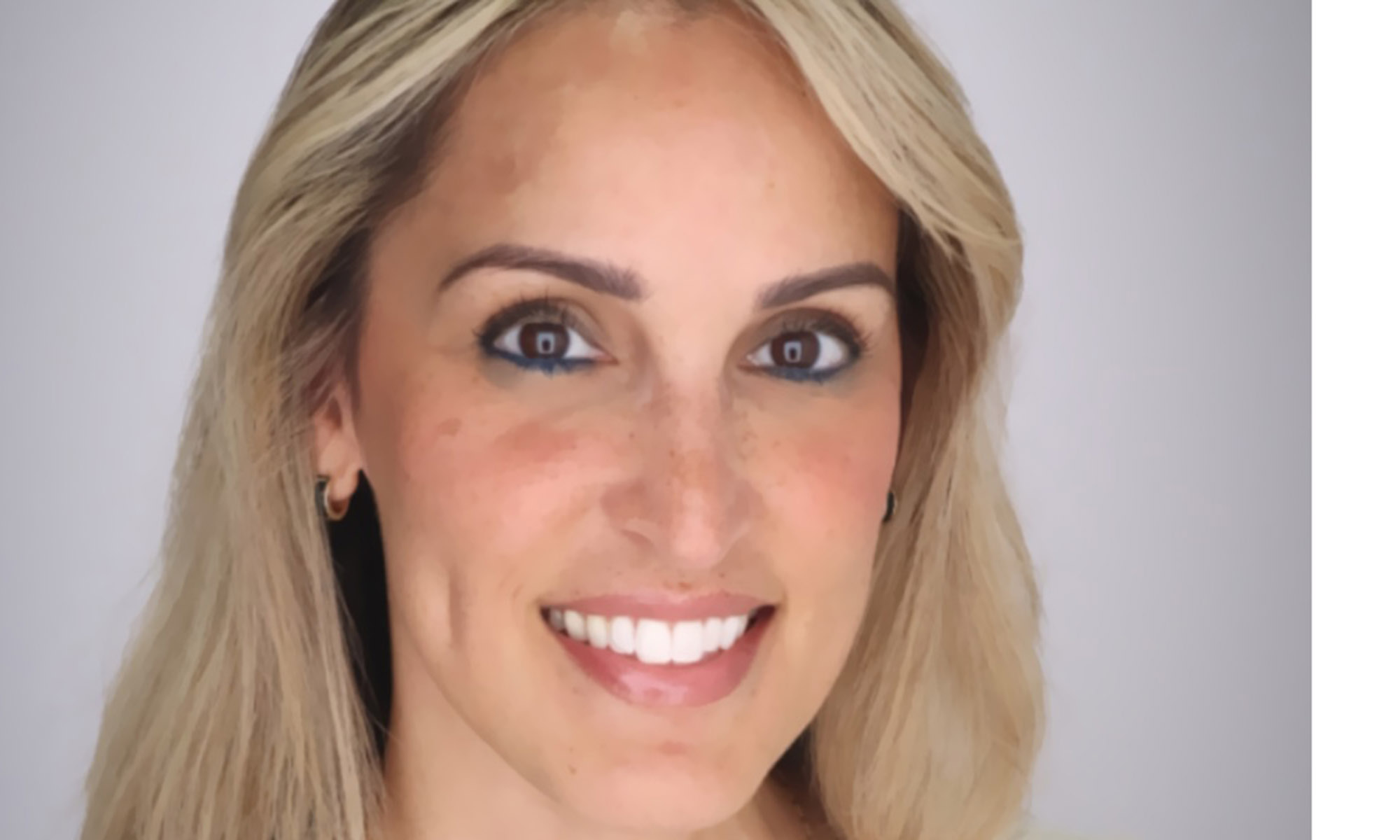Gloria Culver was formally installed as dean of the School of Arts & Sciences during an investiture ceremony December 1 in the Interfaith Chapel.
University Trustee Ani Gabrellian ’84 opened the program, followed by remarks from Provost Peter Lennie, the Robert L. and Mary L. Sproull Dean of the Faculty of Arts, Sciences & Engineering. Mariët Westermann, vice president of the Andrew W. Mellon Foundation, and Jon Lorsch, director of the National Institute of General Medical Sciences, served as guest speakers.
During the ceremony, Culver talked about defining the School of Arts & Sciences—and charting its future. A prepared version of her remarks appears below.
Good afternoon. I am thrilled and honored by this event and to be holding the position that this event celebrates.
Today is a celebration of the School of Arts & Sciences, and I appreciate all of you taking time to be here today to take part in this event. There are several things that I want to achieve today. One is to touch on the history and position of the School of Arts & Sciences. Another is to provide a very brief look at our current position and then I want to look toward the future of the School of Arts & Sciences. Additionally, I want to start and end with thank yous and acknowledgements.
First, I want to recognize Ani Gabrellian, member of the Board of Trustees and chair of the Arts, Sciences & Engineering national council. I want to acknowledge her work with these groups and thank her for coming to be part of this celebration of School of Arts & Sciences. I also want to acknowledge her husband, Mark Gabrellian, who is a member of the River Campus Libraries National Council. They are two people that I met early in my time as interim dean and they have been incredibly supportive, in so many ways. They have shared their insight about the University of Rochester and higher education in general; they have offered great support for my role as dean, and their philanthropy has been transformative, especially during my short time as dean. I will come back to this briefly later. Thank you, Ani and Mark.
I want to thank Drs. Westermann and Lorsch for taking time from their busy schedules to come to Rochester and spend time with faculty, students, and administrators. This is a wonderful opportunity for exchange between our institutions. I also want to thank them for their comments and insight.
I also need to thank Joel [Seligman] and Peter [Lennie] and the rest of the University administrators and management team. Especially the group of deans and staff in the School of Arts & Sciences and in Arts, Sciences & Engineering more broadly. One reason I was drawn to and accepted this position is the wonderful group of individuals that I have the privilege of working with every day. I also want to acknowledge my predecessor, Joanna Olmsted. She was an incredibly strong leader and continues to be a great mentor.
When thinking about this talk, I had a plan in mind that I would use a lens to focus on the school and thus capture an image, paint a picture, weave a narrative, and draw some conclusions.
I envisioned talking about the history of the school, encompassing a bit of archaeology and archival work; and then talking about the current state, thinking in terms of a census—big data and our digital presence; then finally presenting a vision for our future and the path forward—thinking in terms of literal and figurative vision, our strengths in hypothesis-driven inquiry, and our ability to create a piece of work that invokes a vision or feelings larger than the piece itself.
However, once I started examining the history of the School of Arts & Sciences, I realized that there was a problem—but this problem actually helped me understand why there was an issue that kept resurfacing that made working on this talk difficult.
The history and nexus of the School of Arts & Sciences is very messy. Thus, it is very hard to define when the School of Arts & Sciences came into existence. This leads to something I spend a fair amount of time thinking about: “What does it mean to be the School of Arts & Sciences or to be part of the School of Arts & Sciences?” Our messy history feeds into an identity issue. This makes telling a linear narrative troubling, but ultimately I think this works in our advantage, as we have a lot of liberty in defining ourselves.
Given this mini-epiphany, or realization that my plan was fraught with issues, what I decided to do today is give you my brief view or interpretation of the history of the School of Arts & Sciences and how it impacts the University overall—and then talk about how we can begin a conversation that will allow us to think of the School of Arts & Sciences as a cohesive, formative, and perhaps formidable part of the University that helps further the idea of ONE University. To tell the story of the School of Arts & Sciences, I need to tell a bit of the story of the University (my regrets to Paul Burgett and Melissa Mead if I get any of it wrong).
In 1850 the University of Rochester was founded, and in 1900 the first women were admitted to the University. At the time women entered the University, the publication we now think of as the course bulletin was titled: Annual Catalog of the University of Rochester/A College of Liberal Arts. This clearly illustrates that the academic principles that now reside in the School of Arts & Sciences were, and I would argue, still are at the academic foundation and heart of the University of Rochester.
In the 1919-1920 academic year the Annual Catalog used the “the College of Arts and Science of the University of Rochester” for the first time. Several schools were added to the University around this time, such as music, medicine, surgery, and dentistry. Then the structure was largely unchanged until the late 1950s, when other schools and colleges were established—but the College of Arts and Science remained. In the mid-1990s we became fully plural … that is the College of Arts and Sciences. Even more recently we became the School of Arts & Sciences.
All of this is to say that the School of Arts & Science(s) was the foundation of the University in the mid-1850s and, despite name changes, remains so today in 2015. But the transition from the founding piece to a top-tier research university may also explain our lack of an easily articulated identity. This issue of identity is something I want to address as dean. What does it mean to be part of the School of Arts & Sciences? How do we define ourselves? And what is our broader impact and position moving into the future?
In his 1876 commencement speech, University of Rochester President Martin Brewer Anderson said:
We endeavor to give the historical development of every department of learning and science which we teach. We hold that no body of systematic truths can be thoroughly understood, except in the history of their origin, and laws of growth.
This is what I am interested in: remaining true to our roots and our core academic mission while moving forward and growing.
Where are we today? Currently, we are the home for the vast majority of undergraduates at the University (around 4,000) and we have about 700 graduate students. Thus, the School of Arts & Sciences continues to be the academic base of the University.
Today the School of Arts & Sciences is comprised of 18 departments equally distributed across the divisions of humanities, social sciences, and natural sciences, and the School of Arts & Sciences is integral to about an equal number of programs and centers. Many of these are new endeavors and are collaborative with other parts of the University.
We have approximately 270 faculty and these faculty are the most diverse at the University of Rochester.
Thus, the question is, given the breadth and depth of these areas of studies or our stated “divisions,” what does it mean to be a member of the School of Arts & Sciences?
What I have learned is that these divisions can be viewed as false constructs. What do I mean by this? We are a school of broad interdisciplinary study. I believe we are the school that considers society’s largest questions. We are a school that is grounded in questions of global inquiry and an understanding of what it means to exist—simply or as part of or within a society. This inquiry can span molecular, cognition, philosophical, and ethical parameters. We are also responsible for creating an environment where people with an interest in becoming educated, global world citizens flock and thrive.
While these statements are general, they encompass a fundamental point of where we are today. Increasingly there is a blurring of lines between disciplines and our faculty have become much more inter- and multidisciplinary. The same is true, and perhaps more so, for our students.
Let me use our newly created Humanities Center as an illustration. While this is a School of Arts & Sciences initiative, it is open to all of the University, and we have tried to be inclusive to humanists throughout the University. Additionally, we have expanded what one might initially think of as faculty involved in the center.
We have launched a search for the Humanities Center director, which will be an endowed position thanks to the generosity and support of Mark and Ani Gabrellian. On the search and executive committees for the Humanities Center, we have faculty from the Eastman School of Music, Memorial Art Gallery, and nine departments in the School of Arts & Sciences—including Physics and Astronomy and representation from the River Campus Libraries. We also have affiliates in the Humanities Center from diverse departments such as Mathematics.
The Humanities Center is just one example of how our faculty extend themselves and are thinking very broadly and collaboratively. This is who we are and this is our future.
How do we keep moving forward and continue to define ourselves? This is a complex problem that I cannot answer today or even sum up during this event. As I say about many things, whether experiments in my laboratory or putting together an institute: “If it were easy, someone would have already done it or anyone could do it.” Thus, we cannot shy away from the difficult. This is a process or an experiment that will take time and not just my voice—it will require the voices of many from the school. This is how we will move forward.
I hope that we can continue to work on ideas and formative action that allow us to better define what it means to be a part of the School of Arts & Sciences at the University of Rochester and, thus, to become a better school.
Closing one of these talks is always difficult. One tends to fall to platitudes, sentimentality, swiping statements, and lots of thanks. While I will likely do all of these in closing, I will take a slightly different approach.
I now present you “the top ten reasons I am excited and optimistic to be the dean of the School of Arts & Sciences.”
- We have amazing students. I am not sure if it’s urban legend, but a quadruple major has been mentioned more than once.
- I have colleagues who study ethnomusicology, mysticism, and psychophysics; who try to understand what contributes to illness; who study what it means to be human at every level. And this is just the tip of the iceberg…Oh, we have faculty that study ice cores as well.
- I finally understand the architecture of the School of Arts & Sciences; the Hajim School of Engineering; the College; and Arts, Sciences & Engineering.
- I benefit from the mentors I have and mentorship I provide to members of the School of Arts & Sciences. The benefit part is obvious—Peter [Lennie], Rich [Feldman], and Rob [Clark] are a great team to work with, and Joanna [Olmsted] continues to be a role model and a huge resource. I am very grateful. I also have strong links with the University of Rochester Medical Center and have had wonderful mentorship there both in my formative years and currently. My mentoring is a bit harder to gauge—I think my research group and home department, Biology, might actually be more productive with me at a distance. I’ll need to get some analytics on this.
- I get to meet wonderful Board members, alumni, and volunteers. This is a great privilege. It also comes with a couple of other privileges—traveling extensively with our Advancement team and being ferried around (read: told where to go and when). Silver medallion status is coming soon.
- While I still cannot lead the singing of The Genesee since I couldn’t carry a tune in a basket, I now know why we only sing the first and third verses.
- I truly have learned the meaning of the idea of a team. As I mentioned, I am grateful for my wonderful faculty and administrative colleagues, but the team is much broader. There are so many professionals that help me do my job and do it better. I cannot believe how fortunate I am to have this support. Flowers, quiche, wine, and more will keep coming…
- As I just mentioned our team, I think I need to mention STEAM—not in terms of the tunnels on campus or my response to certain requests, but STEAM: Science, Technology, Engineering, Arts, and Math. I love that this includes the arts as an equal partner in the conversation and as an area of paramount importance. This is not a term that I have used much, but I embrace the position it represents.
- Since I have become dean, I have developed a renewed sense of how fortunate I am. I have a job I truly enjoy, I have a group of friends that step up with help and support in every way (you know who you are), and I have a family that is incredibly supportive. I want to specifically acknowledge two of my sisters that are here today, and their families—they are great sources of inspiration every day and help to keep me grounded—and my husband, who is supportive and accepting of my career choices. Lastly, some of the best support and advice I get comes from my 11-year-old daughter. When we discussed my taking this position and talked about the possible downsides, such as long hours and time away (remember Silver medallion status!), she said “Mom, you seem so happy. Of course you should do this.” So here I am.
- And the #1 reason, I am thrilled to be here today is that I get to focus on important problems and solutions that will help move the School of Arts & Sciences and the University forward … and I never have to go through this investiture again.
Thank you. I appreciate you all being here and I look forward to a future of working with all of you and to more exciting developments and programs and the opportunities this presents all of us. Meliora.
About Gloria Culver
Gloria Culver was appointed dean of the School of Arts & Sciences in April 2015. She served as interim dean of the school starting in July 2014, following Joanna Olmsted’s retirement.
A professor of biology, Culver joined the Rochester faculty in 2007. Her research centers on the assembly of ribosomal machinery essential for growth of all cells. By focusing on bacterial ribosome, she has contributed to understanding how infections might be controlled through selective inhibition of specific control points of ribosomal assembly, which has implications for reducing harmful bacteria, including “super-bugs.” Her research has been funded by the National Institutes of Health, the American Cancer Society and the National Science Foundation.
Before coming to Rochester, Culver served as assistant and associate professor in the Department of Biochemistry, Biophysics and Molecular Biology at Iowa State University. She received a PhD in biochemistry from the University of Rochester in 1994, after earning a bachelor’s degree in 1988 from Ithaca College.




